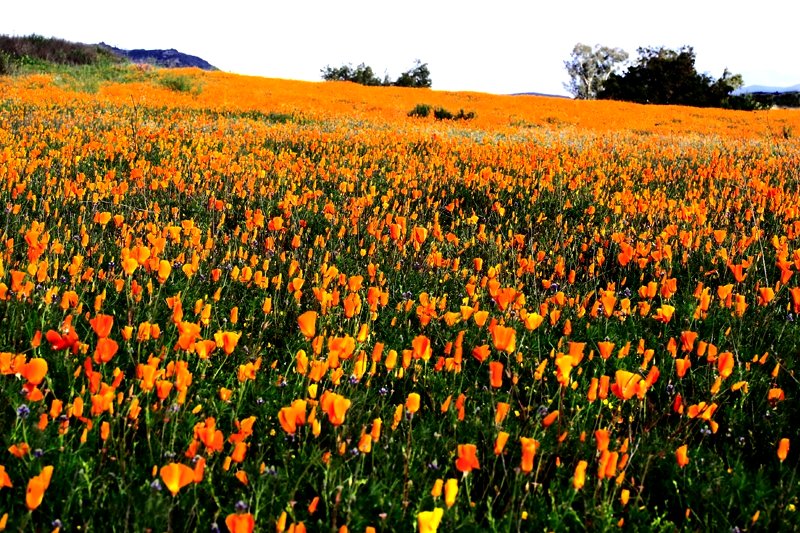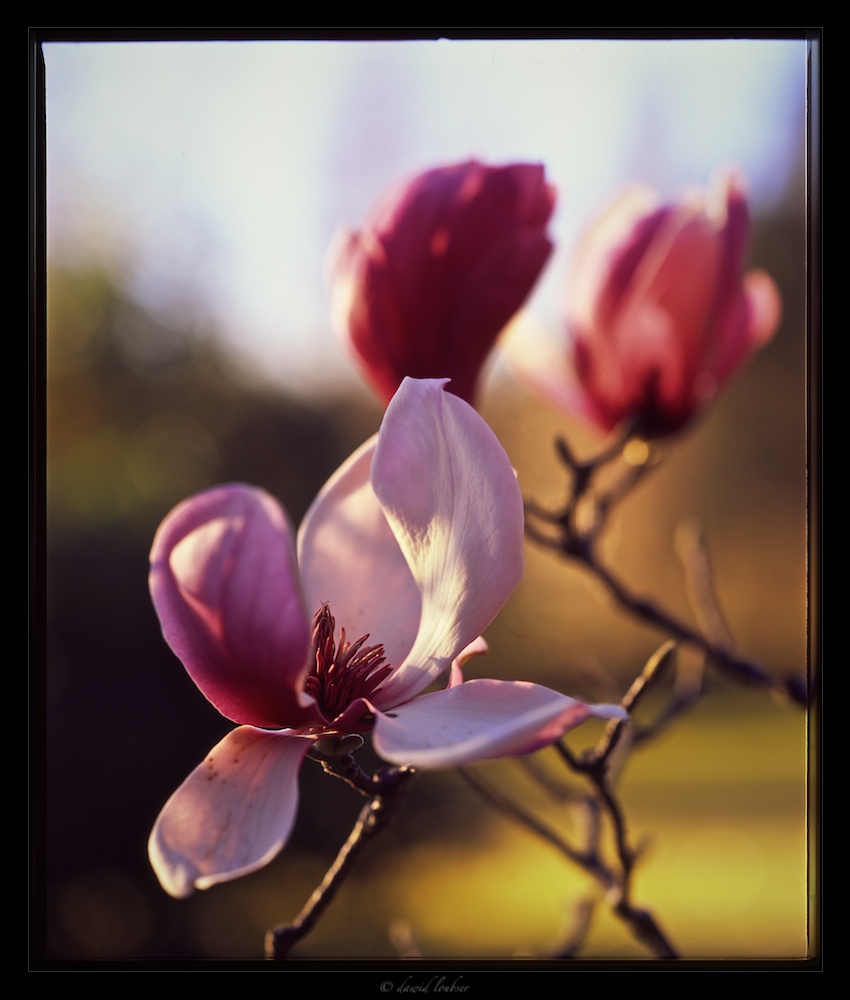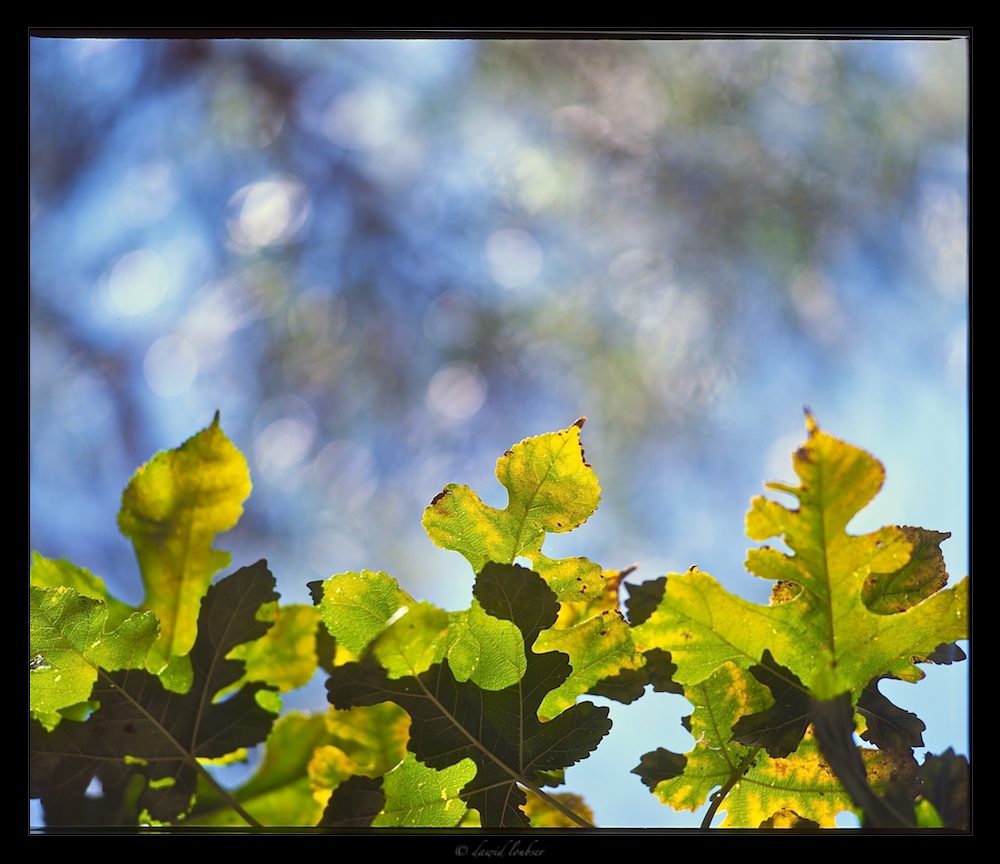I imagine we only use a small portion of this powerful paintbrush for our photography. Thanks for reminding us. You might want to put up earlier shots, where the effect was not yet as you wished to show the development of the form you hoped for.
Hi Asher,
Thank you for commenting on my photograph. I wish I had earlier versions to post, but I only took this one image! And by saying I "waited a while" I actually returned to this spot a day later, upon first seeing the magnolia, and that the light was not right. On that morning then, I waited about 45 mins for the sun, and then took the one image and left.
I have built up such trust in both the Mamiya RB equipment, as well as my incident light meter, that no more than one was necessary.
Let me comment on the dark frame. I normally rant against them! Here, however, the darkness might be adding to the image, fusing with the vignetting and dark branches. I'd wonder whether you really feel that is better?
I often feel that I should go back to putting no frames around the images at all, because they are so contraversial! I use about 50/50 black/white frames, depending on the image in question. With images like this magnolia, where I am 100% happy with my composition, I purposefully scan to include the irregular black edges caused by the film gate in the camera, I like the feel of it. In the same way, I often print in the darkroom with a filed-out negative carrier (very clichéd, I know, but hey, I am just getting into this "film" stuff

In conclusion, I think that you are right about "waiting for the light" being a forgotten art, and this is because we can take digital imaged with almost zero per-image cost. On the other hand, 6x7cm slide film costs a fair bit per image, and takes a lot of time to derive the final end-result. This has, in my case, forced me to be patient. And not be afraid to
not take the shot when the mind's image does not meet with the image before my eyes.
With a digital SLR, I used to "snap" the picture in anyway. Perhaps even try to rescue or liven it up in post-processing. But the truth is: We cannot. The light was there, or it wasn't. Tomorrow is another day.












